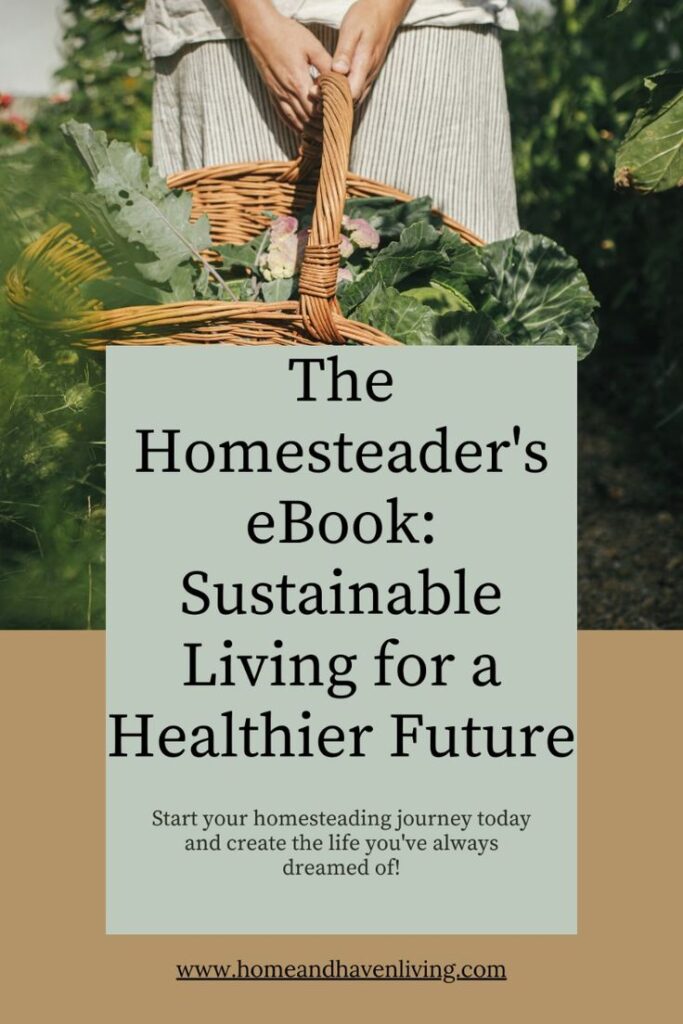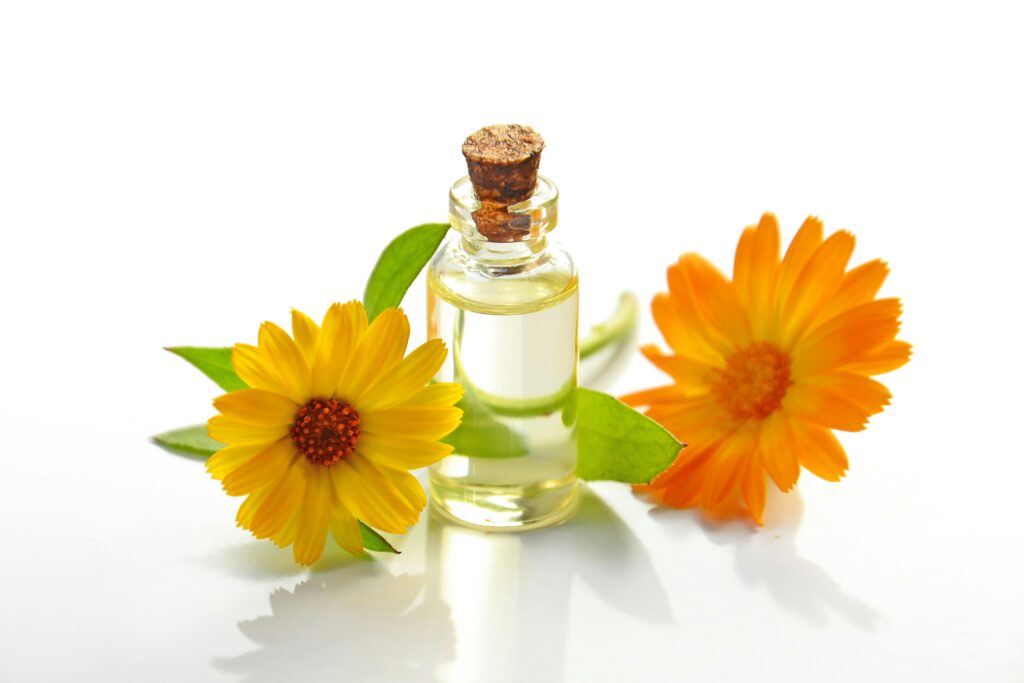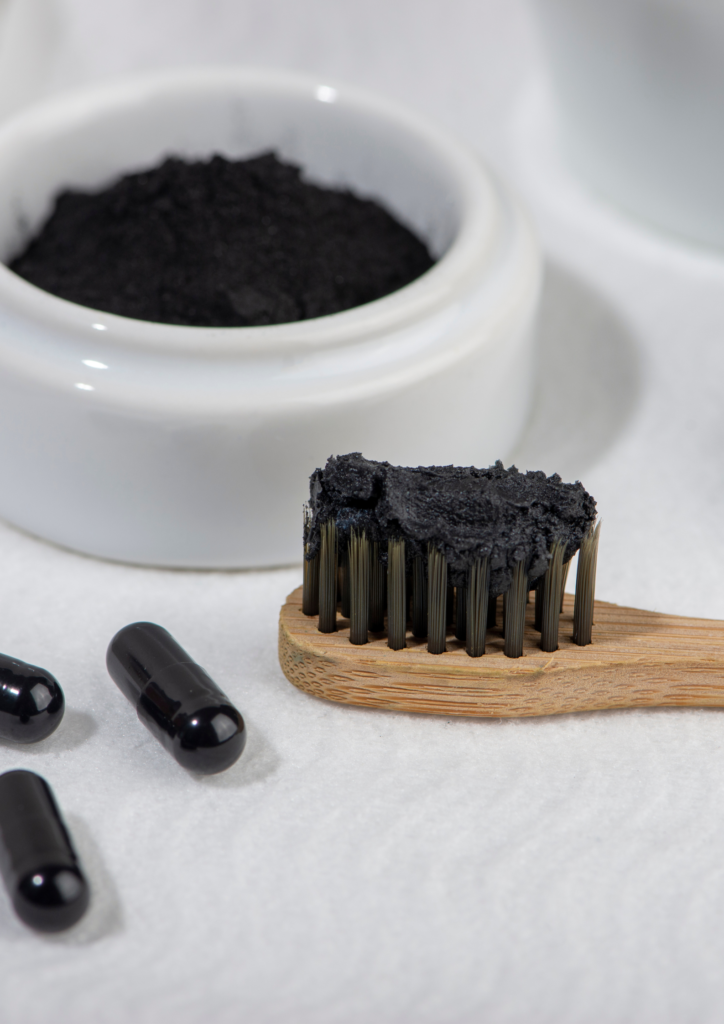Healthy Homemade Nut and Seed Butters: Delicious Almond, Peanut, and Sunflower Seed Butter Recipes
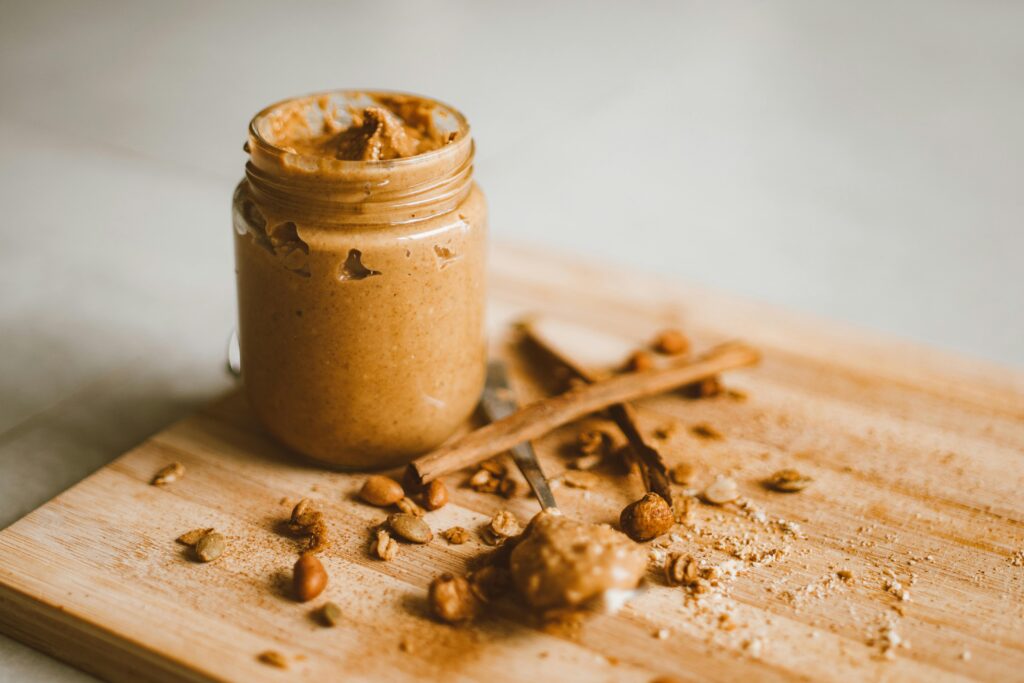
Nut and seed butters are versatile and nutritious additions to a healthy diet. Whether spread on toast, added to smoothies, or used in cooking, they provide essential fats, protein, and vitamins. Making them at home allows you to enjoy fresh, flavorful spreads without added sugars, preservatives, or unhealthy fats commonly found in store-bought varieties. This guide will walk you through the process of creating homemade almond, peanut, and sunflower seed butters, complete with simple recipes and tips for achieving the perfect consistency.
Benefits of Making Your Own Nut and Seed Butters
Why Opt for Homemade?
- Control Over Ingredients: No added sugars, salt, or unhealthy oils.
- Cost-Effective: Bulk purchasing of nuts and seeds saves money.
- Flavor and Freshness: Enjoy the natural taste of freshly ground butters.
- Nutrient Retention: Homemade spreads retain more of the nutrients found in whole nuts and seeds.
| Store-Bought | Homemade |
|---|---|
| Often contains added sugars | Naturally sweet with no additives |
| High in unhealthy fats | Balanced in healthy fats |
| Expensive per serving | Economical and cost-effective |
| Often pasteurized and processed | Retains the natural nutrient profile |
Basic Tools Needed
- Food Processor or Blender: Essential for grinding nuts to smooth butter.
- Storage Jars: Glass or plastic containers with tight lids.
- Spatula: For scraping down the sides of the processor.
- Scale: For accurate measurements.
Nut and Seed Butter Recipes
Almond Butter
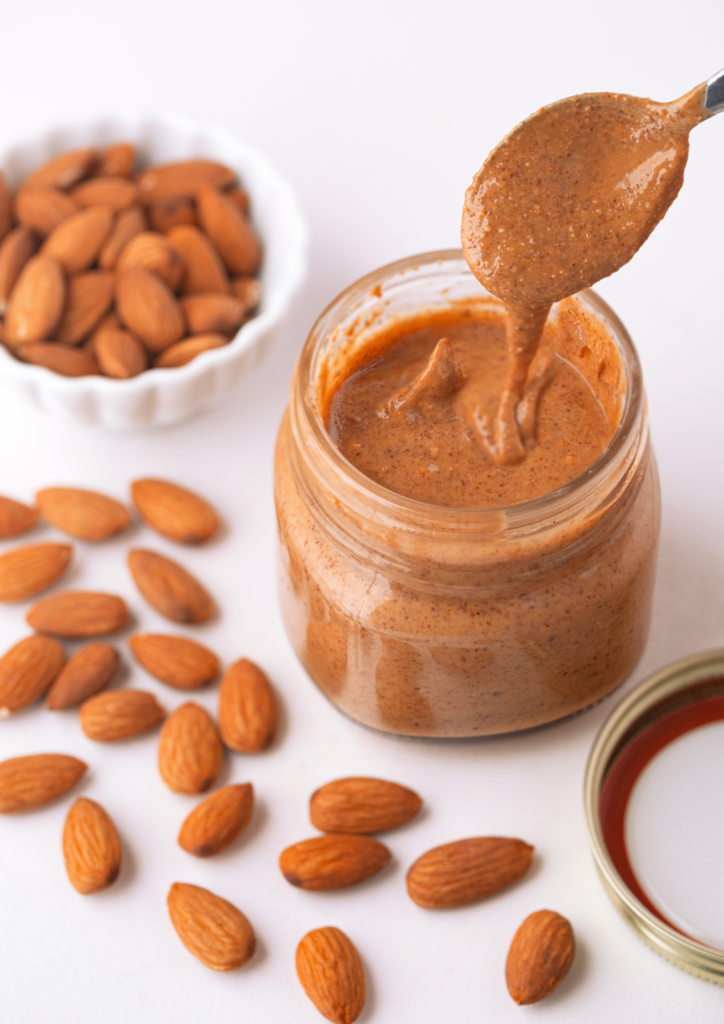
| Ingredients | Amount |
|---|---|
| Almonds (raw, unsalted) | 2 cups |
| Honey (optional) | 2 tbsp |
| Salt (optional) | 1/4 tsp |
Directions:
- Toast almonds in a dry skillet over medium heat until fragrant, about 5-7 minutes. Let them cool.
- Place almonds in a food processor and blend on high until creamy, scraping down the sides as needed. This can take 10-15 minutes.
- Add honey or salt if desired and blend until fully combined.
Peanut Butter
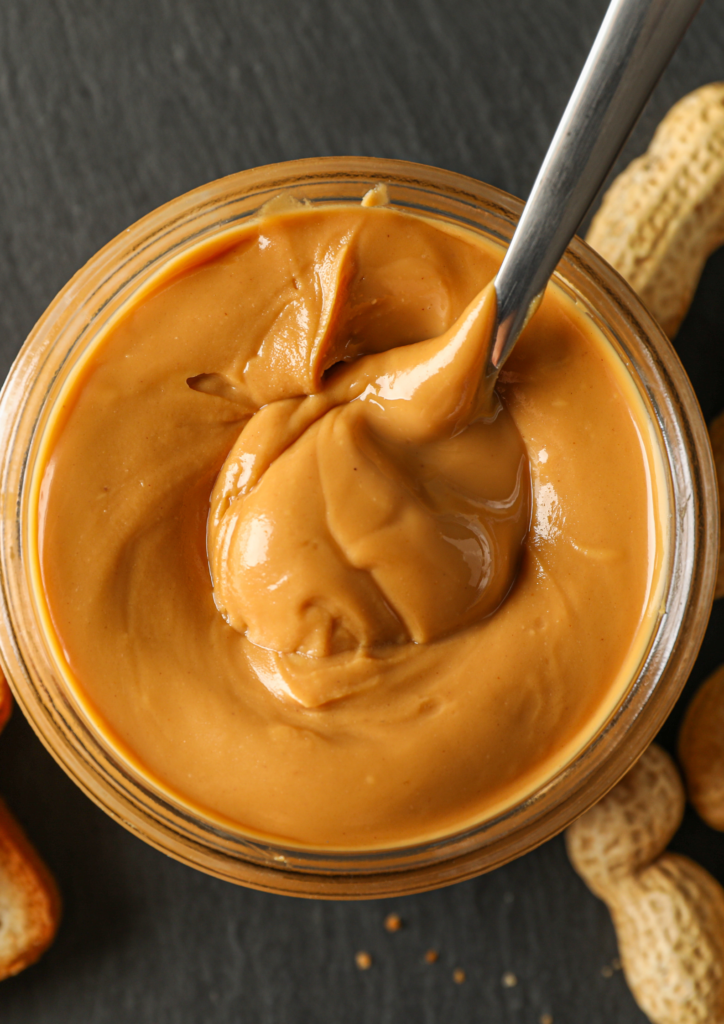
| Ingredients | Amount |
|---|---|
| Peanuts (unsalted) | 2 cups |
| Honey (optional) | 2 tbsp |
| Salt (optional) | 1/4 tsp |
Directions:
- Toast peanuts in a dry skillet over medium heat until fragrant, about 5-7 minutes. Let them cool.
- Place peanuts in a food processor and blend on high until creamy, scraping down the sides as needed. This can take 10-15 minutes.
- Add honey or salt if desired and blend until fully combined.
Sunflower Seed Butter

| Ingredients | Amount |
|---|---|
| Sunflower seeds (raw, unsalted) | 2 cups |
| Honey (optional) | 2 tbsp |
| Salt (optional) | 1/4 tsp |
Directions:
- Toast sunflower seeds in a dry skillet over medium heat until they start to turn golden, about 5-7 minutes. Let them cool.
- Place seeds in a food processor and blend on high until creamy, scraping down the sides as needed. This can take 10-15 minutes.
- Add honey or salt if desired and blend until fully combined.
Key Tips for Perfect Nut and Seed Butters
- Blending Time: Be patient. The longer you blend, the creamier your nut butter will become.
- Consistency: Add a little oil (like coconut or olive oil) if you prefer a smoother texture.
- Storage: Store butters in the refrigerator for up to 2-3 weeks. They will naturally separate, so stir well before use.
- Flavor Variations: Experiment with adding vanilla extract, cinnamon, or cocoa powder for flavor variations.
Why Store-Bought Butters Fall Short
While store-bought nut butters can be convenient, they often contain added sugars, oils, and preservatives that can detract from their nutritional value. By making your own, you control the ingredients and can ensure your butters are as healthy as possible. Homemade nut butters are not only more cost-effective but also taste better and are free from unnecessary additives.
Conclusion
Making nut and seed butters at home is a simple, cost-effective way to enjoy fresh, nutrient-dense spreads without compromising on quality. By taking a few extra minutes to prepare your own, you’re not only reducing your intake of unhealthy additives but also supporting sustainable, eco-friendly practices. Embrace the process, experiment with flavors, and enjoy the benefits of creating your own healthy snacks right in your kitchen.
References
- American Heart Association. (2020). Nut Butter Nutrition Facts.
- USDA National Nutrient Database. (2021). Peanut Butter vs. Almond Butter: A Nutritional Comparison.
- Environmental Working Group. (2019). The Hidden Additives in Nut Butters.
- Natural Living Blog. (2022). The Benefits of Homemade Nut Butters.
As an Amazon Affiliate, we earn from qualifying purchases, but at no extra cost to you.
Start your DIY journey today. Find all the beginner tips, tricks and ideas by clicking on the eBook below.
